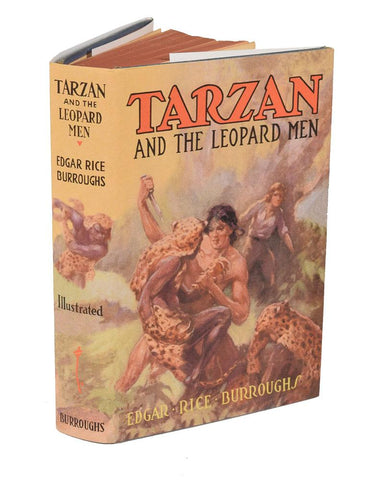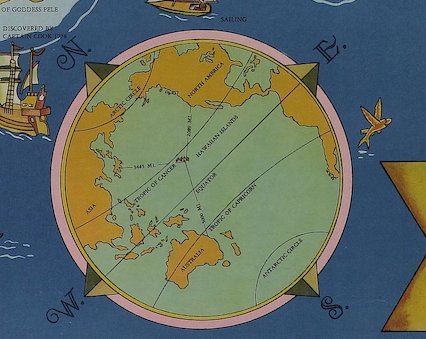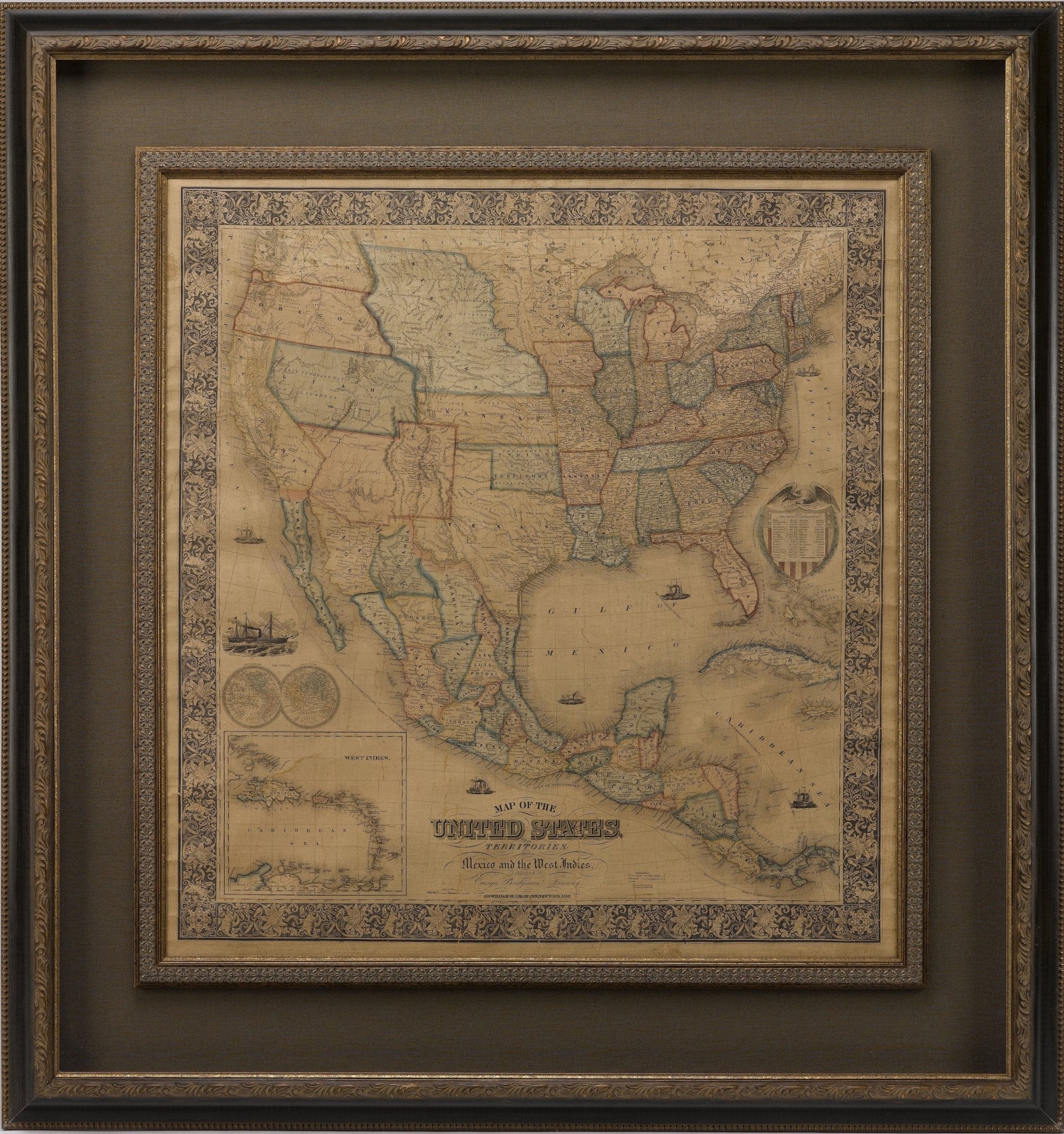Collecting Rare Books
Ever think to start collecting rare books? Perhaps you’ve wondered: where do I even begin? Well, there is not just one way to collect, but we can help you get started on your very own collection. Discover the world of rare books and what it means to be a collector.
Collecting rare books can mean a lot of things to a lot of different people. While books can be quite enjoyable to track down and collect, they can also be seen as strategic investment opportunities. Collecting is primarily about the collector and his/her interests, coupled with strategic decision making. In book collecting, buying from reputable sellers and checking details of publication history and condition are key factors. However, perhaps the most important thing is to ensure that you, the collector, are buying pieces that you enjoy to find and collect over the years.
We can help you get started in the world of book collecting with these easy tips, below. Also, remember that our team is made up of professionals that are ready to answer your collecting questions at any time!
Collect what you love
Step one in collecting, always, should be to collect what you love. It may seem obvious, but collecting what you love is the key to the game. After all, these items are going to end up on your shelf, in your home or office, and front and center for you to appreciate over the years. That is why collecting what you love, what you’re drawn to, is so crucial.
Ernest Hemingway said it best; "There is no friend as loyal as a book." Books offer so much to a collector. Whether you collect works of a favorite author, genre, or period in history, these works should be driven by what you hold dear. In many ways, book collecting is driven by nostalgia, as there is nothing that compares to finding a true first edition of one of your favorite books from your youth.
Once you choose your collecting focus, be it a specific author's works or just books that fit with your reading preferences, start to look for books that fit in your budget. Books published more recently usually have a lower price tag, as well as books that are published in larger print runs.
Consider it as an investment opportunity
According to Wealth Daily, “Books — especially rare first editions — are a risk-free way to preserve wealth, in good times and bad. While it is a rather whimsical type of investment, there are many advantages to starting a collection of rare books — including safety, growth, and the overall tactile enjoyment that you simply can't get out of stocks, bonds, or other types of investment.”
Books can increase, or decrease, in value for many reasons. Over time, as author popularity changes and books come out of private collections and into the limelight, rare books can fetch very high price tags. One point that can make books exceedingly rare is an error or mistake in the publication history. This first American edition of Frankenstein is an excellent example. In the process of publishing Mary Shelley’s novel, the rights to her book were pirated and published in the American market without her permissions. In the haste to publish, the American book publishers made one drastic mistake: spelling Shelley’s name with one “e” rather than two. An error like this meant that the books were quickly recalled from production as the publishers attempted to right their wrong. However, the books still out there with this fatal mistake are exceedingly rare and sought-after for this exact reason. Thus, an edition such as this one is what many collectors seek, and the longer you hold onto it, the more likely that the price will continue to rise.
Become well-versed
Knowing your editions, publishers, publication years, and dust jackets will go a long way in ensuring that your collection will stand the test of time. While there are so many options out there, once you’ve established your collection focus you can start to hone in on what items you’d like to go after. This is when detailed research is key: knowing the books you want to search for, and understanding what they should look like, will set you in the right direction.
Perhaps you plan to be a more happen-stance collector, finding items to add to your collection based on which city you’re visiting and what antique store you decide to stumble into. This is when knowing your stuff, and being well-versed in your collection focus, will definitely come in handy. Do some research on an author or a publisher to understand what their signatures were. There are almost always tell-tale signs to first editions, and while some “stated first editions” clearly print the words First Edition on the edition page, many other first edition books are determined purely based on the publisher and publication year, the board cover art, or even just small typographical errors. As we said before, sometimes the books printed with errors are the most valuable!
When you’re on the search for a first edition, limited edition, or just rare printing in general, be sure to know the publisher that printed the book, the year and location in which it was printed, and other tell-tale notes specific to the edition itself; sometimes the tiniest detail like a misspelled word can be the determining factor between a first edition, first printing and a second printing, so do your research!
Remember to reach out
One of the best ways to get into collecting is to reach out to trusted individuals and sellers with questions. Our job is to help you feel comfortable and confident in your acquisitions, and when we can help a new buyer discover the wonder of collecting, we’ve done our job right. Reaching out to the experts with your questions is the best way to ensure that you’re buying with confidence, every single time.
The number one piece of advice we can give is to collect what you are drawn to. We get lots of questions about books and how they can be resold, but when you collect what you love, you ensure that you’ll enjoy your time with the book for as long as you have it. Even if it’s not at the top of the auction sales this month, it doesn’t mean that the book you are drawn to won’t have its time in the limelight. That said, if you are looking for books with real resell value, we suggest looking for items in their original covers or dust jackets with minimal wear. Our first edition books with dust jackets, like this Fahrenheit 451, are preserved in protective slipcases or clamshell cases, to ensure that the covers will retain their original condition.
For someone looking to collect items that hold great sentimental value, or are gifting a book that needs to look its best, we suggest buying rebound books like this From Russia with Love. This highly collectable and sought-after book has been elegantly preserved, with original pages in absolutely stunning condition, and custom leather binding and a clamshell case to protect the book for ages to come.
Another very unique aspect to rare book collecting is the sense of nostalgia that drives our collectors. Maybe it’s a first edition of Winnie the Pooh, that you plan to give to your newborn for them to carry with them through their life. Perhaps it’s a signed edition of Martin Luther King’s Stride Toward Freedom that you plan to keep in the family as a symbol of the liberty that we have today. Whatever the reason you collect, we suggest that you collect for you and your family above all else.
So get out there and collect! We can help you choose a collecting focus or find your first acquisition. We also offer a buy-back program, so if down the road you feel ready to trade in a book for a more rare, first edition, for example, you can do so. We also accompany every antique book with a full letter of authenticity, with our company guarantee. Collect with confidence, and ensure that your purchases will hold value for ages to come.










